
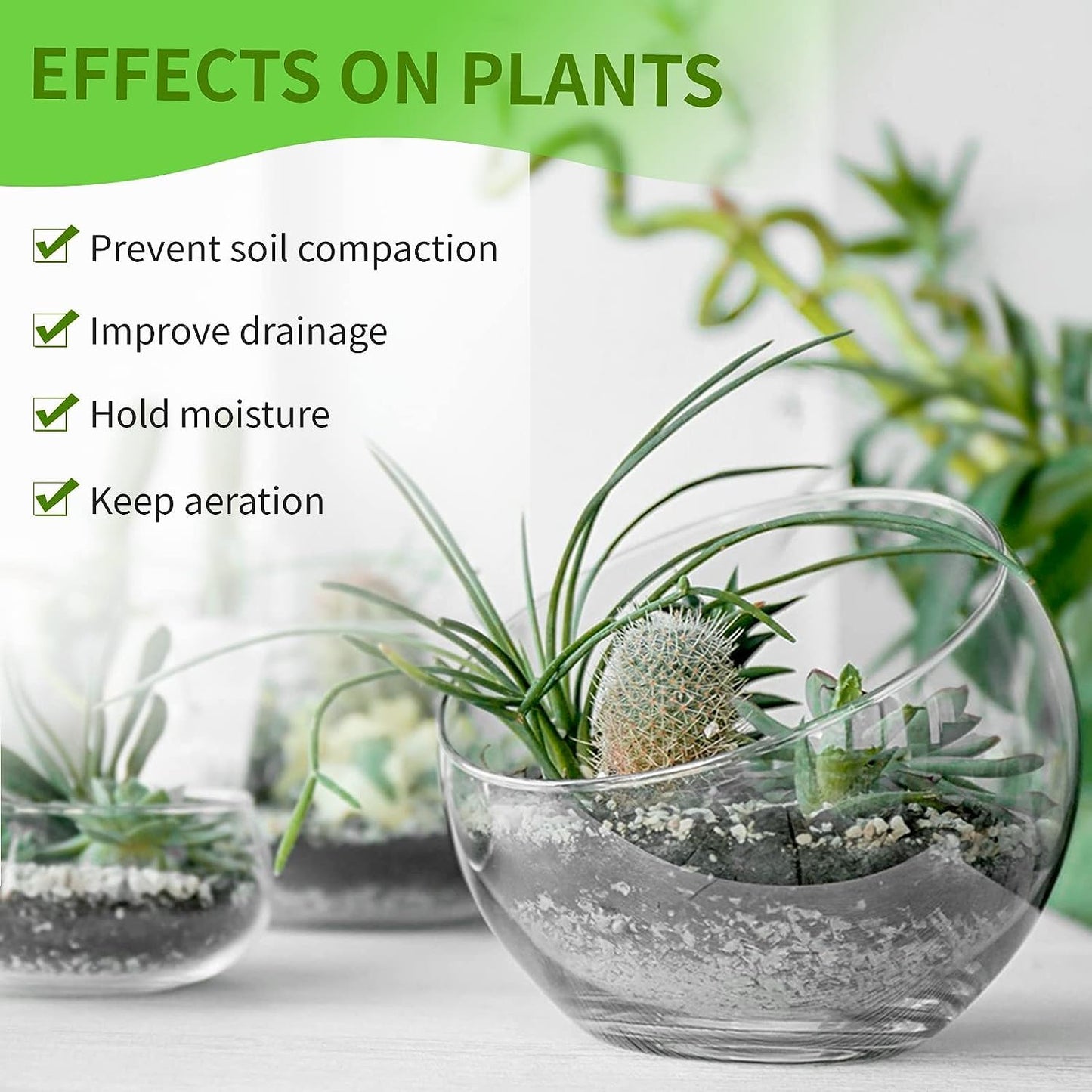
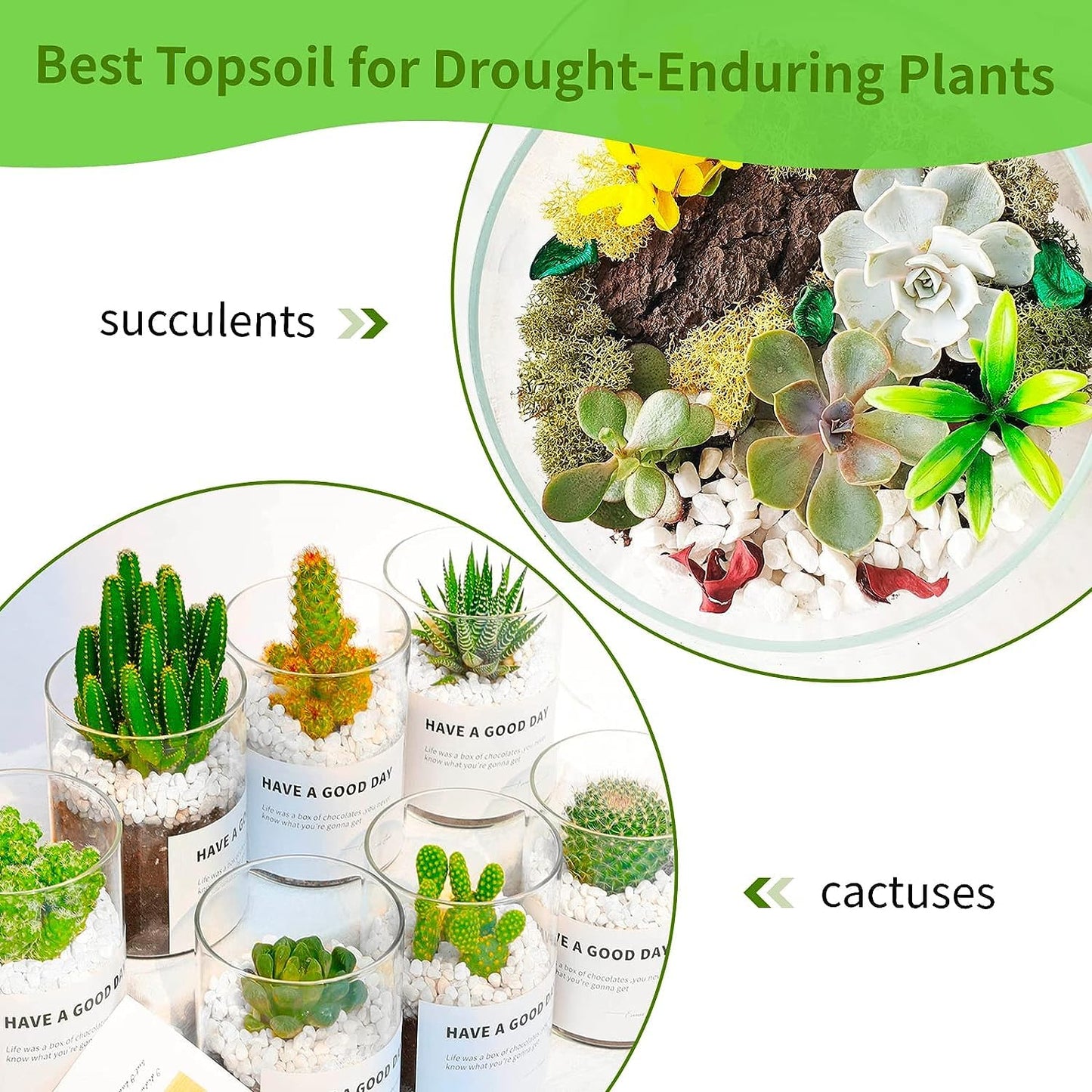
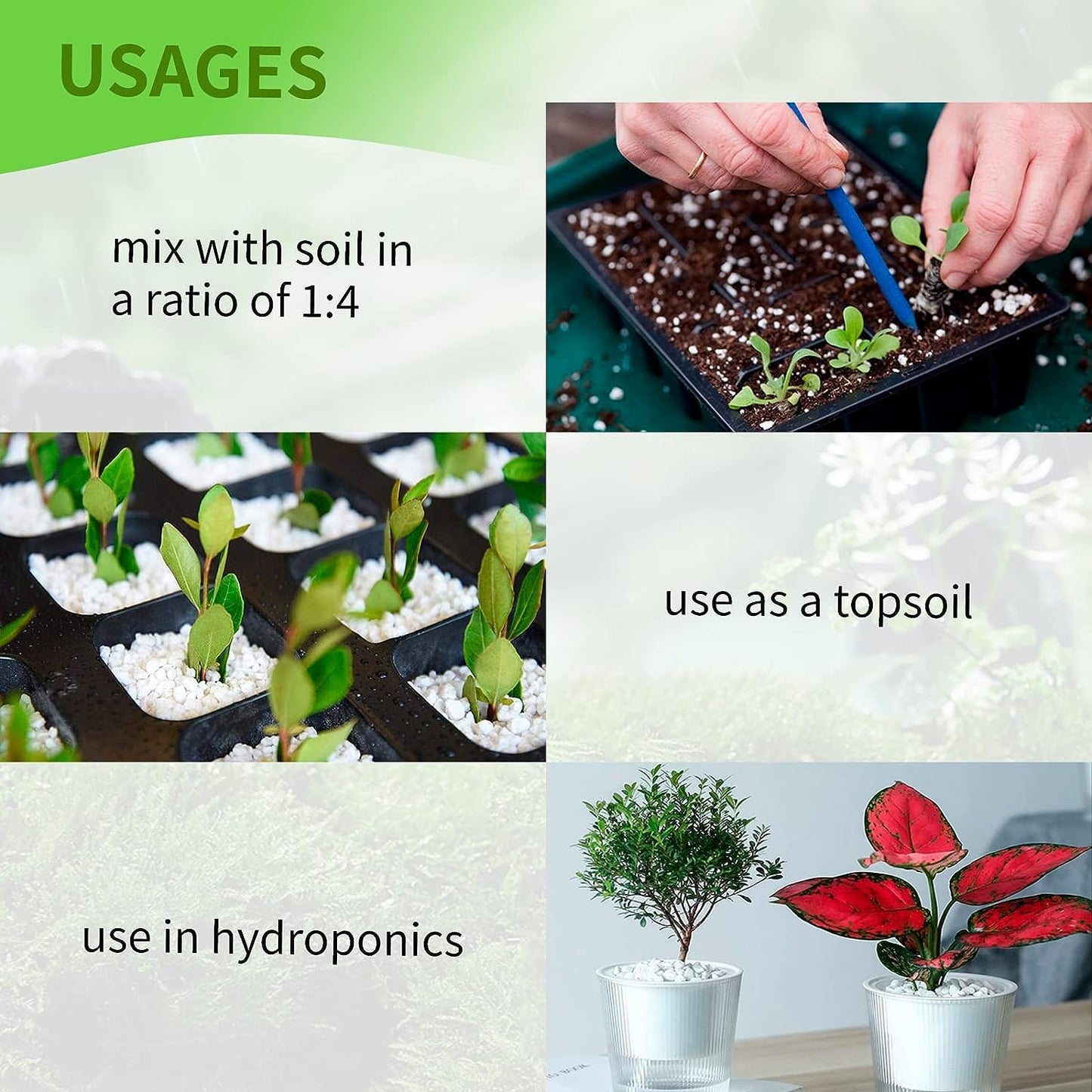
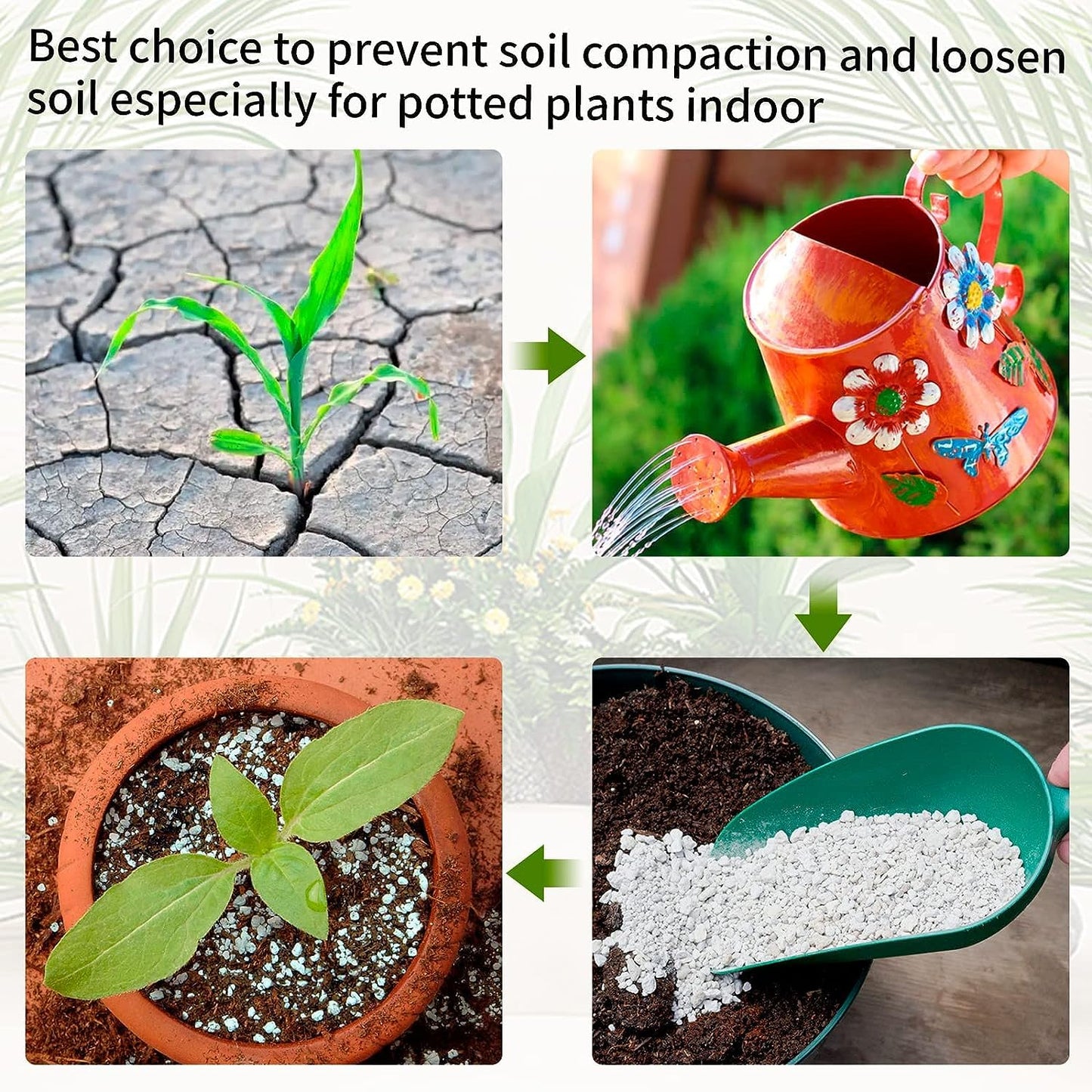
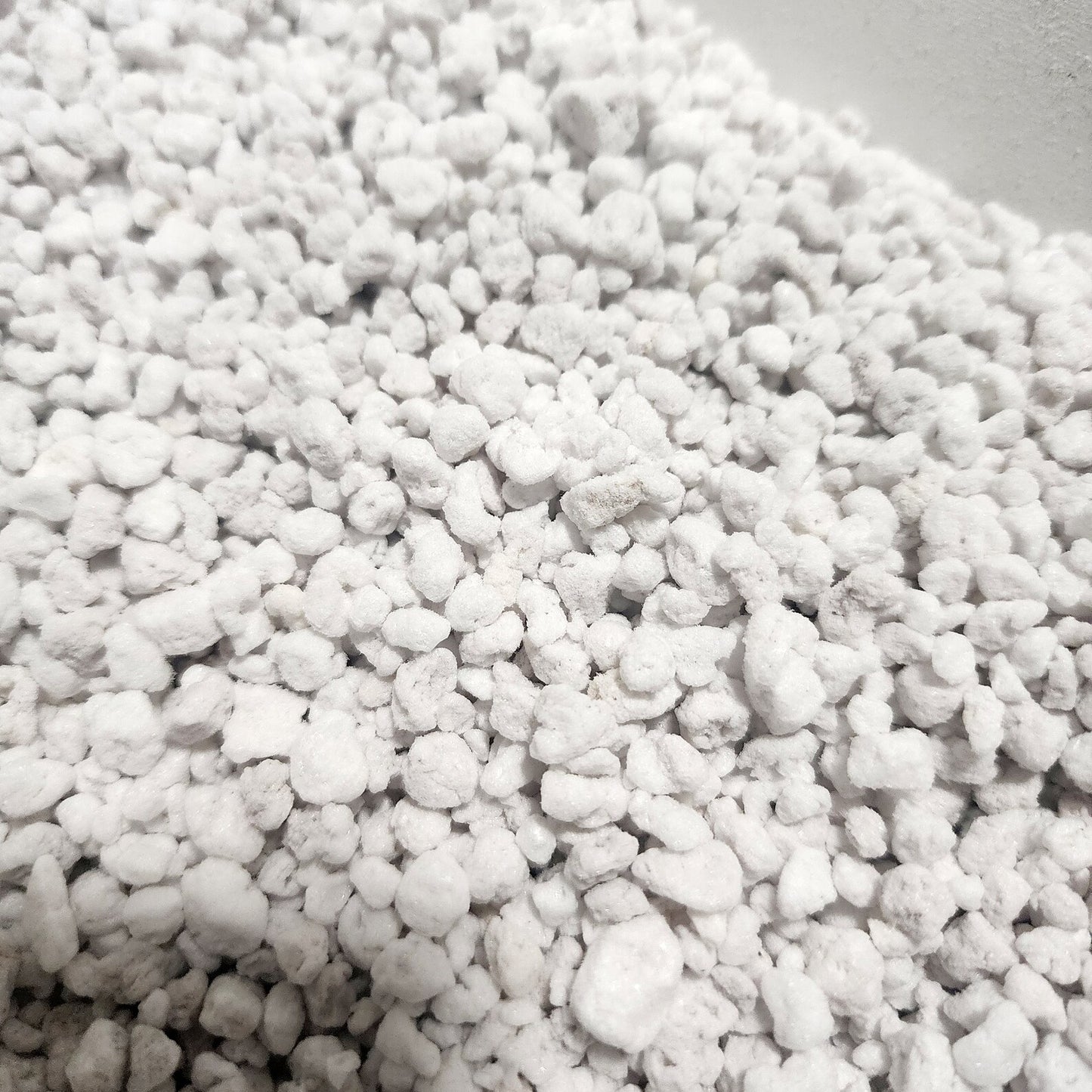
Perlite (پرلائٹ) is a natural volcanic mineral used to improve soil drainage, aeration, and reduce compaction. It’s lightweight, sterile, and safe for all plants, including vegetables, flowers, succulents, and indoor pots. Perfect for seed starting, potting mixes, and rooting cuttings.
Quick Info:
- Type: Inorganic soil additive
- Texture: White, lightweight granules
- Best For: Pots, grow bags, seed trays, succulents, and hydroponics
- Mix Ratio: Add 20–30% perlite to your potting mix
Benefits:
- Improves Drainage: Prevents soggy soil and root rot
- Boosts Aeration: Helps roots breathe and grow faster
- Supports Rooting: Ideal for cuttings and seedlings
- Clean & Sterile: Free from pests, weeds, and diseases
- Imported Quality: Best Quality Sourced from the Gulf region.
How to Use:
1. Potting Mix
- Mix 1 part perlite with 2 to 3 parts soil or cocopeat.
- Ideal for pots, grow bags, and containers.
- Improves drainage and root aeration, reducing the risk of root rot.
2. Seed Starting
- Add 20–30% perlite to a mix of cocopeat and compost.
- Helps maintain a light, breathable medium for delicate seedlings.
- Prevents waterlogging and supports faster germination.
3. Soil Improvement
- Mix 10–25% perlite into garden beds or clay soil.
- Loosens compact soil, increases drainage, and enhances oxygen flow to roots.
- Especially useful in heavy or poorly draining soils.
4. Succulents & Cacti
- Use 40–50% perlite with sandy or cactus-specific soil.
- Creates a fast-draining mix ideal for drought-tolerant plants.
- Helps prevent root rot in water-sensitive species like aloe, jade, and echeveria.
5. Hydroponics & Soilless Growing
- Use perlite on its own or mixed with coco husk chips.
- Provides moisture retention with airflow, ideal for hydroponic roots.
- Sterile and inert—won’t attract pests or introduce diseases.
FAQs:
1. Do I really need perlite if I already use good soil?
If your soil drains well and doesn’t get compacted, you might be fine without it. But if your plants are in pots, or the soil feels heavy or stays soggy, adding perlite can make a big difference.
2. What’s the benefit of mixing perlite with cocopeat?
Perlite keeps the mix light and helps water drain faster, while cocopeat holds moisture. Together, they create the perfect balance for most plants—especially in pots.
3. Will perlite dry out my plants faster?
Not necessarily. It improves drainage, yes—but it also holds a little moisture. If you're watering regularly, your plants will actually stay healthier because their roots can breathe.
4. Can I use too much perlite?
You can—but it depends on the plant. For succulents, using up to 50% is fine. For leafy or moisture-loving plants, stick to 20–30%. Too much can make the soil dry out quicker than needed.
5. How is perlite different from sand or vermiculite?
Perlite is lighter and adds more air to the soil than sand. Compared to vermiculite, it drains faster and doesn’t hold as much water. Use perlite if your plants hate wet feet—like aloe, snake plant, or tomatoes.
Enhance your soil with Perlite – Imported Gulf. Perfect for creating the ideal growing environment with improved aeration and drainage!












